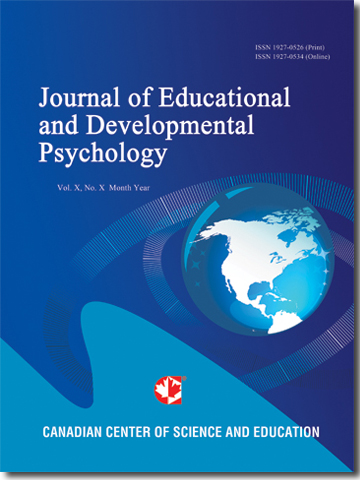Patient Psychopathology and the Management of Clinical Dilemmas in Psychotherapy: A Qualitative Analysis of Clinical Decision-Making
- Sarah B. Trasmundi
- Marie S. Bloch
- Stine S. Høgenhaug
- Vicki T. Jensen
- Katharina K. Wrist
- Thomas W. Jensen
- Sune V. Steffensen
Abstract
Introduction: Clinical dilemma management is an important part of daily decision-making processes in psychotherapy, and hence important for the quality of mental healthcare. However, the situated particularities of such dilemmas have been given little systematic attention – both in research and in practice, even though an improved understanding of the nature of clinical dilemmas is a central key to managing dilemmas successfully.
Method: Eight cases of authentic clinical dilemma management in psychotherapy have been analysed from the perspective of interaction analysis and psychopathology. The article uses video data and narrative interviews from a larger cognitive ethnography study conducted at a psychiatric Hospital in Denmark.
Results: The analysis demonstrates how clinical dilemma management in psychotherapy is particularly difficult due to the nature of a patient’s psychopathology. Thus, it is often difficult to discern whether a given dilemma is intrinsically ethical, or if it is a manifestation of the patient’s pathology. Two overall interaction patterns were identified: In the first pattern, the therapist fails to manage the clinical decision-making in accordance with the therapeutic goal, which strengthens the patient’s psychopathological behaviour, for instance by giving in and do what the patient demands. In the second pattern, the therapist uses the situation as an opportunity to work with the patient’s psychopathological behaviour in situated interaction.
Conclusion: This article presents a model for integrating an understanding of patient pathology into clinical and ethical decision-making. It establishes a window into how psychotherapists manage clinical dilemmas (successfully or not) through interaction. This illustration might impact on how we address, evaluate and understand clinical and ethical dilemma management, which again can contribute to the reduction of moral distress amongst healthcare practitioners, as well as amongst patients.
- Full Text:
 PDF
PDF
- DOI:10.5539/jedp.v10n1p29
Journal Metrics
(The data was calculated based on Google Scholar Citations)
1. Google-based Impact Factor (2021): 1.11
2. h-index (December 2021): 29
3. i10-index (December 2021): 87
4. h5-index (December 2021): N/A
5. h5-median (December 2021): N/A
Index
- Academic Journals Database
- CNKI Scholar
- Copyright Clearance Center
- CrossRef
- Elektronische Zeitschriftenbibliothek (EZB)
- EuroPub Database
- Excellence in Research for Australia (ERA)
- Harvard Library
- Jisc Library Hub Discover
- JournalSeek
- JournalTOCs
- LIVIVO (ZB MED)
- LOCKSS
- MIAR
- Open Access Journals Search Engine(OAJSE)
- PKP Open Archives Harvester
- Publons
- ROAD
- Scilit
- SHERPA/RoMEO
- Standard Periodical Directory
- Stanford Libraries
- Technische Informationsbibliothek (TIB)
- UCR Library
- UoB Library
- WorldCat
- Zeitschriften Daten Bank (ZDB)
Contact
- Carol WongEditorial Assistant
- jedp@ccsenet.org
